Image Credit: AFP
Ignore them all you want. But the next crop of the world’s top leaders in business, science, politics and other fields of human endeavour will draw much of their thinking from 3D immersion and games of strategy they played as teens.
Online games are here to stay. The existence of eSports as an “industry” can no longer be denied. It’s a 21st century fact-of-life, the reality of every Generation Z or Millennial person. Every kid with a basic internet connection aspires to achieve a rich gamer’s fame, fortune and glory.
There are number of reason: First, the multiple online battle arena games, or MOBAs, are massive. Second, the digital-native kids of today stuck at home in the midst of lockdowns but have access to the most popular online games, knows its magnitude in their daily lives. Third, esports — like any other sports —is a spectator game.
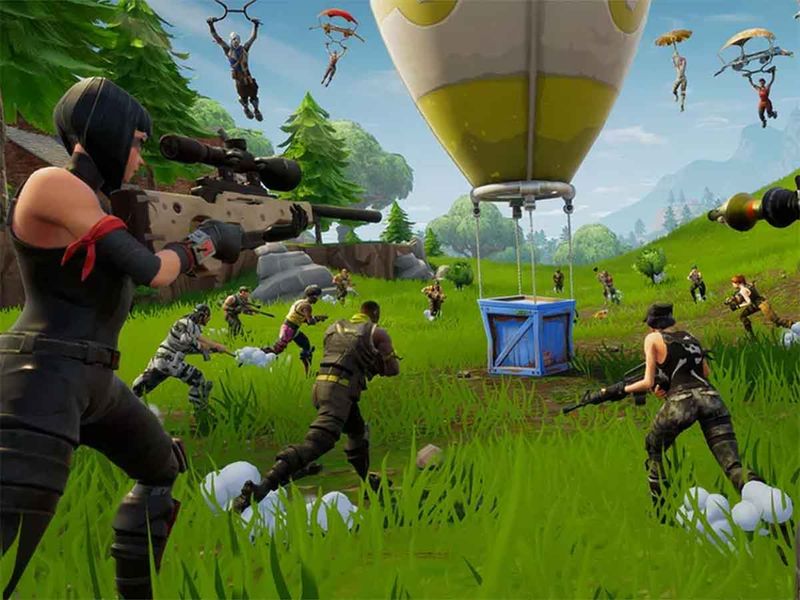
The numbers tell the story
In 2014, Amazon bought Twitch, an online video streaming service, which fuelled the growth of eSports. In 2015, Twitch recorded 241 billion minutes streamed. It clocked in 36 million viewers who watched the League of Legends World Championship. This number rivals — even surpasses — viewership of some of the most popular athletic events in the world.
Today, eSports is a whole new world, with its own ethos. It has drawn major investor support from institutional funds. To deny it existence is akin to denying the millions of quiet, adoring fans of music, or say, the rock band Queen and their 1975 hit Bohemian Rhapsody. In the digital world, measuring the millions of concurrent viewers of an online gaming fest from various continents is just a matter of counting their IP address. And now, eSports have become part of the Olympics, sort of, though not fully institutionalised yet.
$175.8b
Projected earnings from the global games market in 2021
It’s a league of its own, set apart from any other known sporting event or industry. eSports has its own stars, rules, merchandise, fans. In this day and age, it’s able to grab an “always-on” and much bigger audience, thanks to inexpensive, high computers (on mobile phones) and the internet (fibre-to-the-home) and globe-spanning broadband links.
What is eSports?
Esports (also known as electronic sports, e-sports, or eSports) is a form of competition using video games. Esports often takes the form of organised, video game competitions, particularly between professional players, individually or as teams.
‘Rocket’ evolution?
Ther industry went off to a crude, slow start in the 1940s when, at the World’s Fair, Edward U. Condon designed a computer that plays the traditional game Nim — in which players try to avoid picking up the last matchstick. eSports, as it’s klnown today, has humble origins, the games were incredibly simple: Just shoot or eat (like Pacman) your way around, and you win.
In the last three decades, the rise of eSports has been described like a “rocket”: It just went stratospheric — almost in a flash. And the money coming in is “insane”, according to one report. But fast forward 30 years, and gaming has turned into an entirely new industry — and, for many, a way of life.

Today, the games seem deceptively simple. But when you have thousands of gamers competing with each other — ignoring time zones and age groups — it can be incredibly exciting. We’re not even talking about the world of professional, competitive video game playing.
Professional gamers: Pleasure, fortune, fame
Today, there are dedicated web and video sites for professional gaming stars, who like football stars undergo relentless training.
$200b
Global games market is on to $200 billion in 2023.
For the top games, it means six-figure salary, in the spotlight, on the world stage. Global fame too. It’s a proper industry, with numerous online dedicated channels. For professional players — it’s a dream come true. Fortune, fame and pleasure — getting paid salaries to play video games full time for a living. During the last decade, the industry has seen double-digit growth annually.
First person: ‘Gaming is like meditation’
I have been gaming since I turned six and I believe that my interest in computer engineering — a course that I plan to graduate in — began when I got exposed to gaming consoles from a young age. I remember being gifted a play station very young and my interest went through the roof. Like most casual gamers out there, I was introduced into gaming through this amazing game called ‘Minecraft’ and I was hooked onto it from the word go. But as the years went by, I was drawn towards battle-driven, strategy games that are played with a group.
Many perceive gaming as a sport that alienates you from real human connections, but gaming has helped me discover a clutch of wonderful virtual friends. We have played with each other for over a decade, but we have never met in person. But that isn’t a barrier because the moment we begin gaming, we forget all about the outside world and enjoy each other’s company.
It’s a great team building sport because I play with my friends that I hang out on a daily basis too. So it’s a win-win. In the times of COVID-19 and strict social distancing, gaming has often to come to our rescue to get rid of boredom. As I wait for my college to begin in September, I find myself spending a lot more time gaming. On an average I spent around ten hours these days, but I will need to scale down once my computer engineering courses begin.
But gaming is not just therapeutic for me, it also stoked my interest towards computer engineering as a degree. I may not become a professional gamer, but I may take up a career in designing games. Technology became my friend from a young age, thanks to gaming. There are many who may feel that excessive gaming is addictive and harmful, and I don’t disagree.
But the power has always been in my hands. Whenever, I feel that I am going overboard or getting overly invested in gaming, I have learnt to scale back. You need to learn how to be your own minder when it comes to gaming. Once you hit that sweet spot, gaming is therapeutic.”
– Pranav Vivek, 18, student (as told to Manjusha Radhakirshnan, Assistant Editor-Features)

Image Credit: Supplied
How big is the esport community? How many active players are there in the world?
It’s a dream come true for professional esports players—traveling the world and paid salaries to play video games full time for a living. But as money continues to pour into the industry, the pressure on these young pros—many still in their teens — is leading to early burnout from high stress, repetitive stress injuries, and grueling practice schedules.
MMR: How are players ranked?
When players perform well in matches, they raise their MMR. On the other hand, under-performance may lead to a lower MMR. Most of the time, a player’s actual MMR — and the exact means by which it is calculated — is hidden from gamers by the game publisher. This is to curb the risk of any known variables from being manipulated by cheaters, such as “account boosters”.
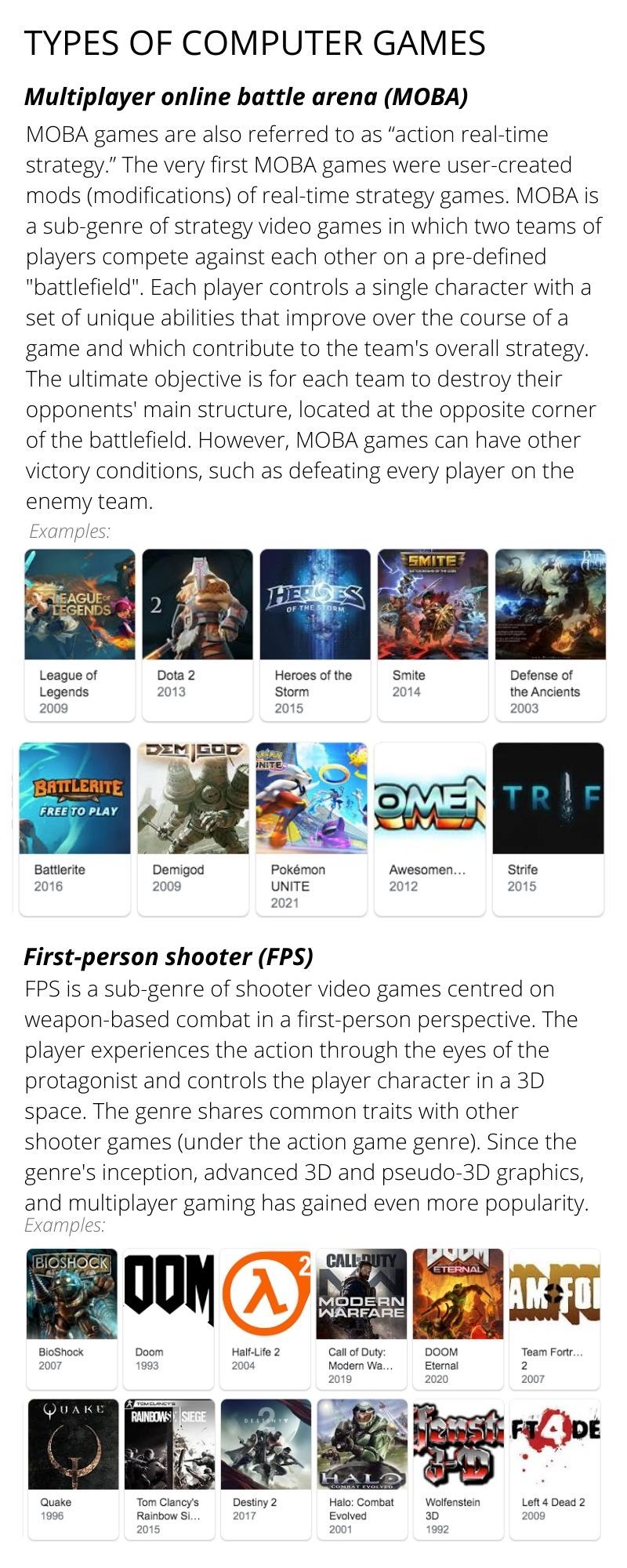
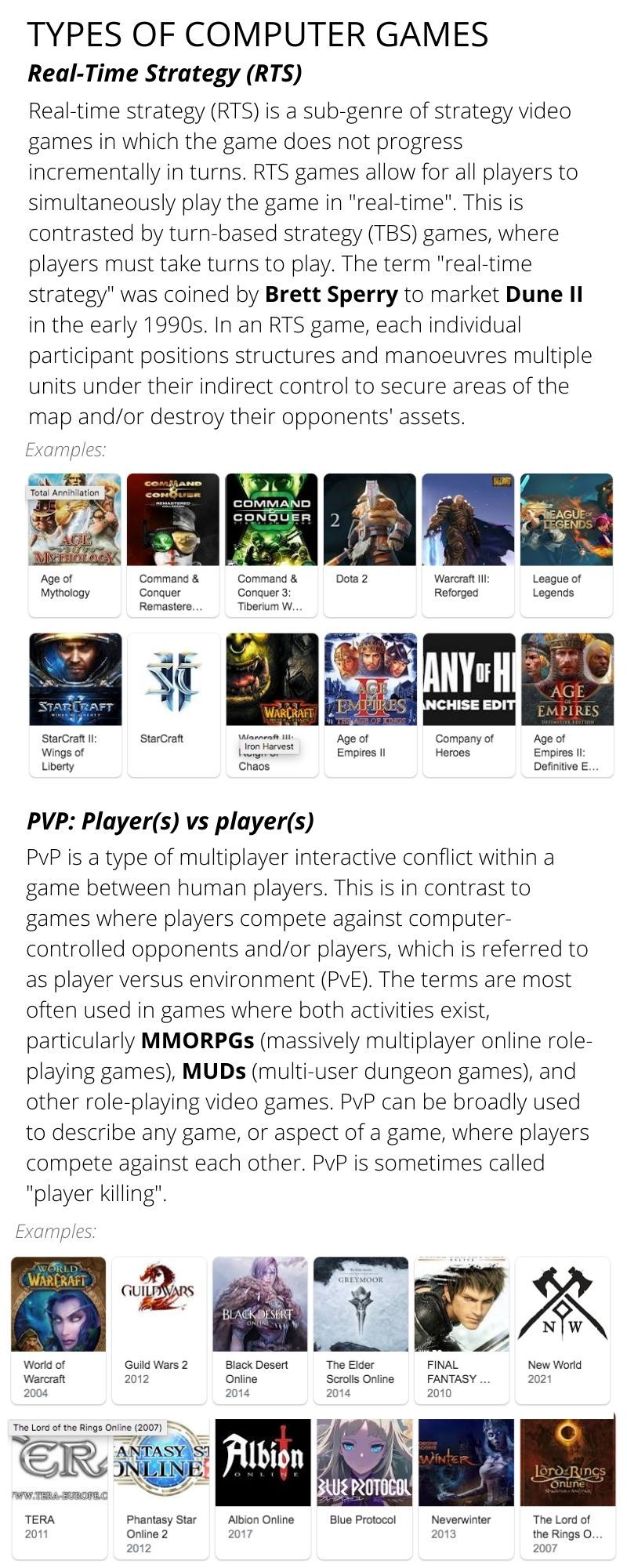
Where does the prize money come from?
The most common source of money pots are the game developers themselves. Companies hire the best players to develop their games further. That’s how developers earn more money, too. Esports events managers arrange yearly competitions to pool professional gamers, usually working as teams. The top players get accolades and even job offers (from game developers).
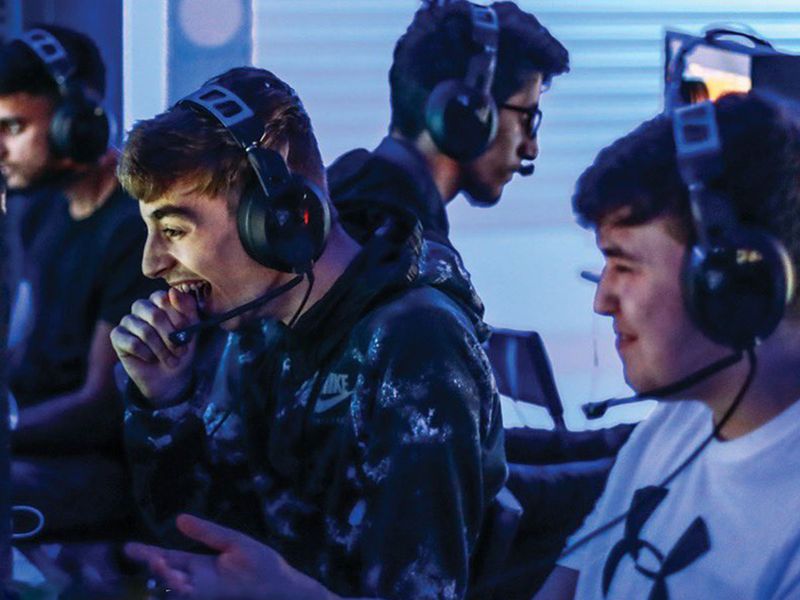
eSports: What are the upsides?
Believe it or not, psychologists credit gaming for boosting, among others, strategic thinking in children. Not only that, it also helps enhance the following:
- Teamwork
- Communication
- Leadership
- Performance skills
- Confidence building
- Problem Solving Skills
Research also shows that children who play videos games have a far much better chance of navigating through complex psychological issues compared to those that do not actively participate in video games.
Academic excellence
Here’s the crazy part: Players who participate in Esports programs are found to have a higher interest in STEM (Science, Tech, Engineering, Math) subjects and have strong average GPAs. Esports helps them engage with their fellow students and their schools.
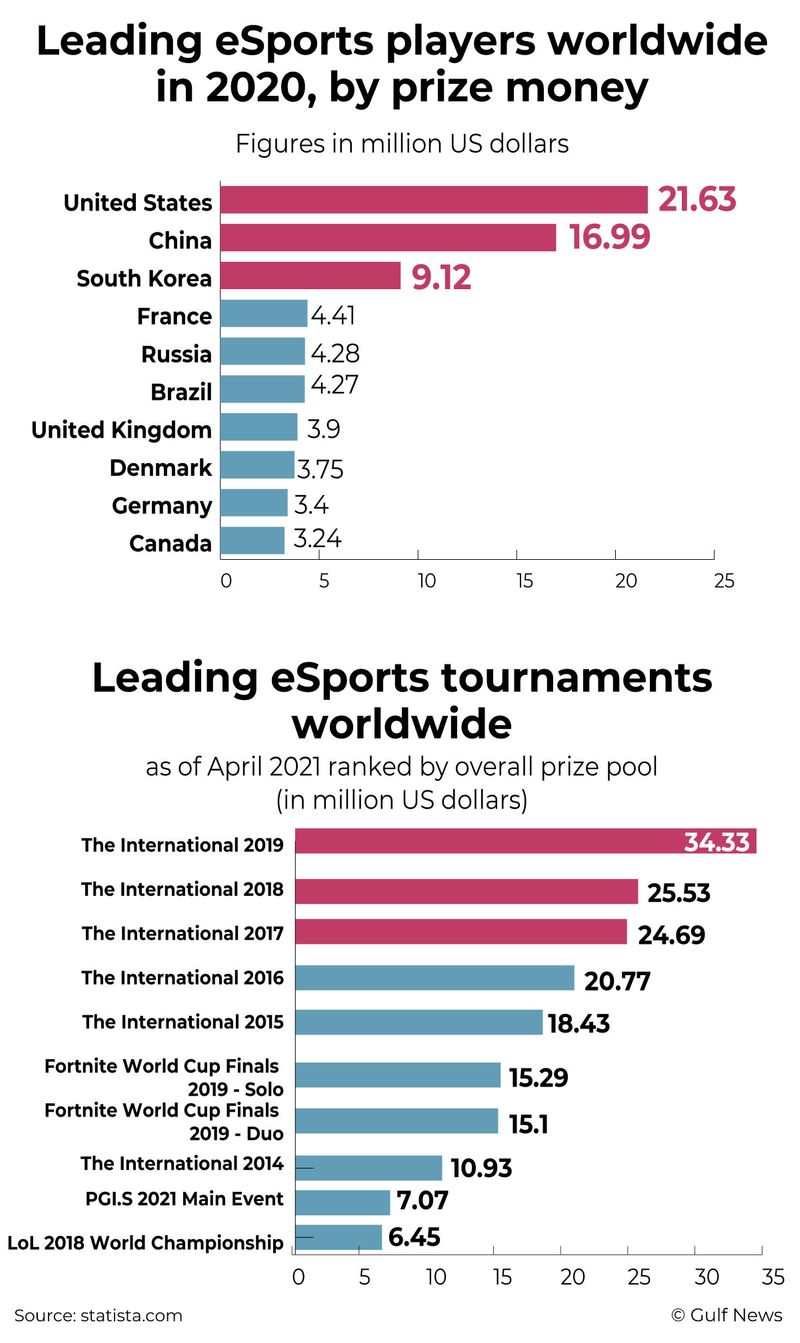
Do playing online games really improve cognitive and social development?
That’s what studies show. For example, the American Psychology Association, in a 2013 article published the following benefits as a result of computer gaming:
- Improved hand-eye coordination.
- Improved attention and visual acuity.
- Improved basic visual processing and executive function.
- Problem solving and strategy skill development.
- 71% of parent report gaming having net positive effects for children.
- Boosts self-confidence and player socialisation.
- 54% of gamers say gaming helps them connect with friends
The downsides of gaming?
There’s a huge body of research by psychologists on the negative effects of “gaming”:
- The potential harm related to violence
- Repetitive stress injuries
- Burnout from high stress
- Addiction
- Depression
- Gruelling practice rounds (for competitive gamers)
Other psychologists recognise this side of the research, but also argue that a more balanced perspective is needed — one that considers not only the possible negative effects but also the benefits of playing these games.
As money continues to pour into the industry, the pressure on these young pros —many still in their teens — high stress could lead to early burnout, repetitive stress injuries, and tough practice rounds, say experts.
Will eSports become an official Olympic event?
Given the pandemic’s effect, eSports is the only event that has a good chance of being played unobstructed by the virus. And yes, it’s become part of the Olympics. This year, the Olympics hosted the first-ever virtual games. As a pre-game event, the International Olympic Committee (IOC) rolled out the Virtual Olympic Series, held from May 13 – June 23, 2021. Competitors played in virtual versions of five different physical sports —motorsport, cycling, baseball, sailing, and rowing.
It’s part of the growing acceptance of eSports as a legit sport. While some industry officials believe more needs to be done, there are talks of it becoming one as early as the 2028 Los Angeles Summer Games.

TIMELINE: Brief history of Gaming
For the Westinghouse display at the World’s Fair, Edward U. Condon designed a computer that plays the traditional game Nim in which players try to avoid picking up the last matchstick. Tens of thousands of people play it, and the computer wins at least 90% of the games.
Claude Shannon lays out the basic guidelines for programming a chess-playing computer in an article, “Programming a Computer for Playing Chess.”
Computer programmer John Burgeson stays home sick from work at IBM and begins developing a computer baseball simulation.
MIT student Steve Russell invents Spacewar!, the first computer-based video game.
While waiting for a colleague at a New York City bus station, Ralph Baer conceives the idea of playing a video game on television.
Scientific American publishes the rules for LIFE in Martin Gardner’s “Mathematical Games” column.
Minnesota college students Don Rawitsch, Bill Heinemann, and Paul Dillenberger create Oregon Trail, a simulation of pioneers’ westward trek.
Pong, an arcade legend, is born.
Atari introduces its home version of Pong.
Atari releases the Video Computer System, more commonly known as Atari 2600.
A missing slice of pizza inspires Namco’s Toru Iwatani to create the original “Pac-Man”, which goes on sale in July 1980. That year a version of Pac-Man for Atari 2600 becomes the first arcade hit to appear on a home console.
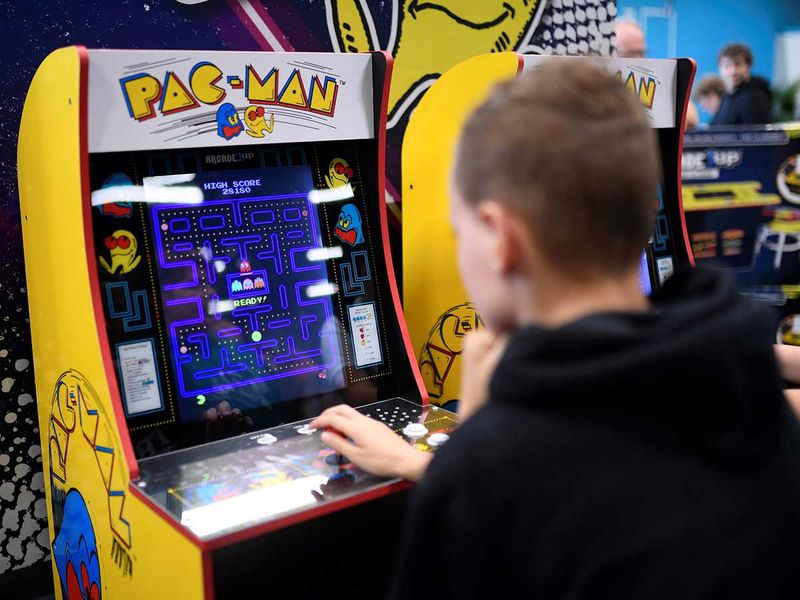
Image Credit: AFP
- Disney taps into the video game craze by releasing the movie Tron, a game featuring many of the contests from the movie also becomes a hit.
- Ms. Pac-Man strikes a blow for gender equality by becoming the best-selling arcade game of all time.
Multiplayer play takes a huge step forward with Dan Bunten’s M.U.L.E
Russian mathematician Alexey Pajitnov creates Tetris, a simple but addictive puzzle game.
The emerging educational software market leaps ahead with the introduction of The Learning Company’s Reader Rabbit program.
John Madden Football introduces gridiron realism to computer games, making this game—and its many console sequels—perennial best-sellers.
Microsoft bundles a video game version of the classic card game solitaire with Windows 3.0.
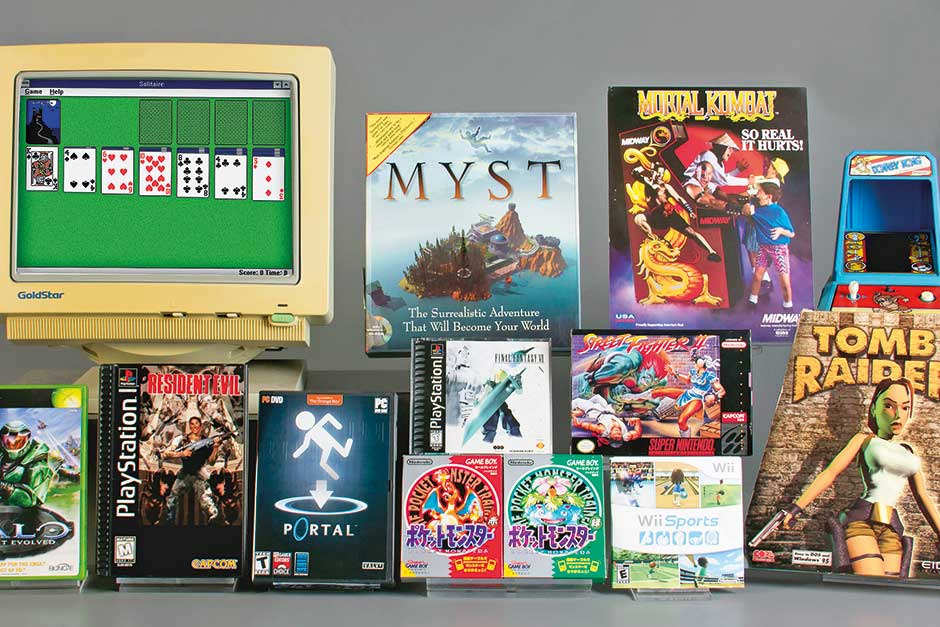
Image Credit: AP
Sega needs an iconic hero for its Genesis (known as Mega Drive in Japan) system and finds it in Sonic the Hedgehog.
Wolfenstein 3D released. It is widely known as the 3D game within the first-person shooter (FPS) genre. Also, Westwood Studios’ Dune II establishes the popularity of real-time strategy games.
Blizzard releases Warcraft: Orcs and Humans, a real-time strategy game
Sony releases PlayStation, selling for $100 less than Sega Saturn.
Lara Croft debuts as the star of Eidos’s adventure game Tomb Raider.
- Dennis “Thresh” Fong won Quake developer John Carmac’s red Ferrari 328.
- Machine triumphs over man as IBM’s supercomputer chess program Deep Blue defeats world champion Gary Kasparov in a match
- GoldenEye 007 released. It’s a first-person shooter for home consoles.
- Half-Life released and a first person shooter multiplayer game.
- Release of Aeon of Strife, a fan-made custom map for Blizzard’s real-time strategy game StarCraft.
Sony Online Entertainment’s Everquest leads hundreds of thousands of users to join guilds, fight monsters, and level up in the multiplayer online world of Norrath.
Will Wright’s The Sims models real life.
Microsoft enters the video game market with Xbox and hit games like Halo: Combat Evolved.
The U.S. Army releases America’s Army video game to help recruit and communicate with a new generation of electronic gamers
Johan “Toxjq” Quick won a Rolex from the WSVG Quake 4 championship.
The indie game movement comes of age with the tremendous popularity of Minecraft, the addictive brick-building game from Swedish developer Markus Persson.
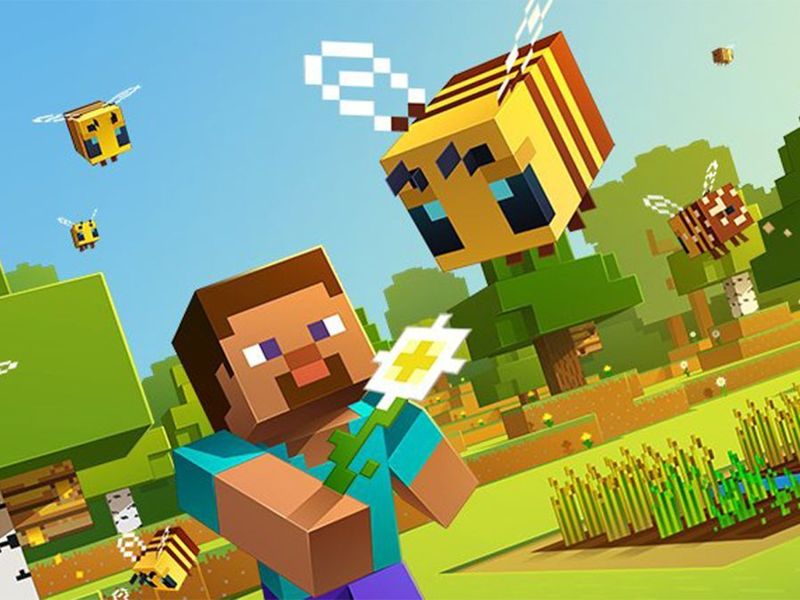
Gone Home, The Last of Us, and Papers, Please usher in a new wave of mature video game stories
- “Free-to-play” becomes a dominant business model as blockbusters such as CrossFire, Clash of Clans, World of Tanks, and even Kim Kardashian: Hollywood achieve sales in the hundreds of millions of dollars — through “micro-transaction” payments for in-game items and premium content.
- Dota (Defense of the Ancients) 2 tournament hits the front-page of New York Times
One year after being acquired by Amazon, online video streaming service Twitch fuels the growth of eSports. Thirty-six million viewers watch the League of Legends World Championship, rivalling and surpassing viewership of some of the most popular athletic events in the world.
eSports were included as a demonstration sport at the Asian Games.
A global pandemic fuels the growth of the video game industry. Millions of people turn to games like Animal Crossing: New Horizons, Among Us, and Fall Guys to play/connect with friends/strangers through the safety of their mobile phones, computers, and consoles.
The International Olympic Committee (IOC) rolls out The Virtual Olympic Series as a pre-game series, where competitors can play in virtual versions of 5 different physical sports – motorsport, cycling, baseball, sailing, and rowing.

Be the first to comment